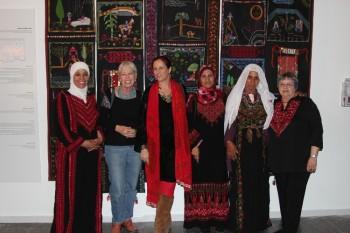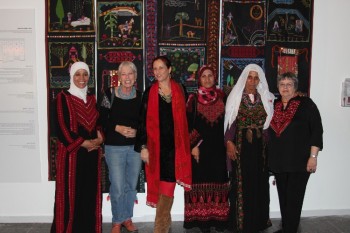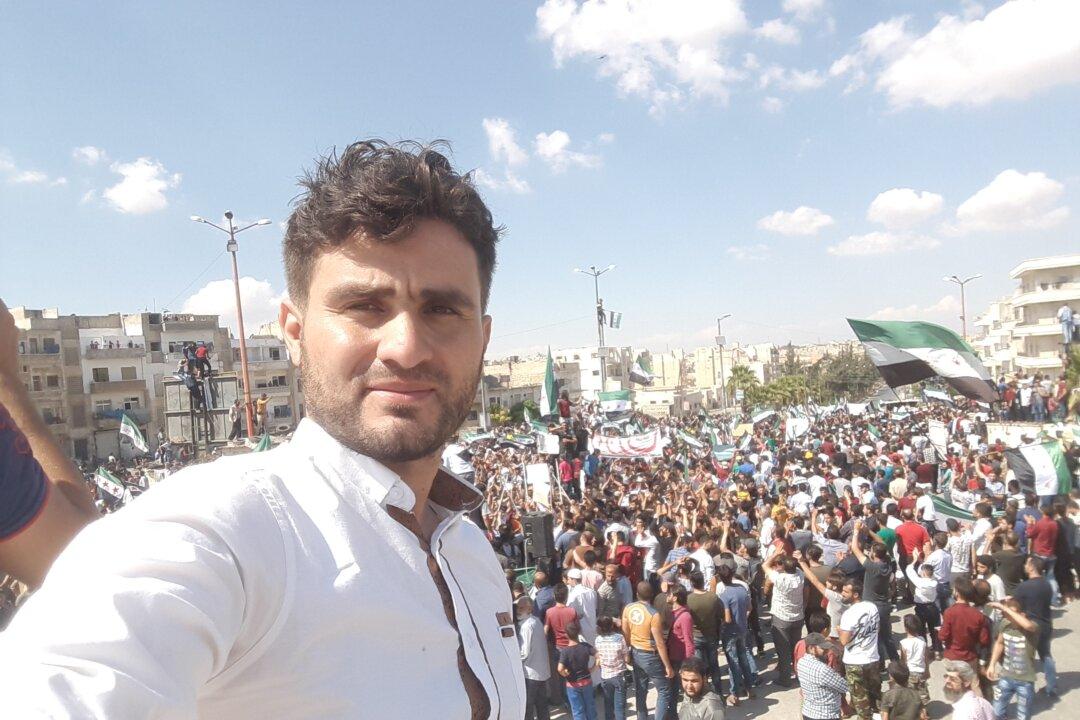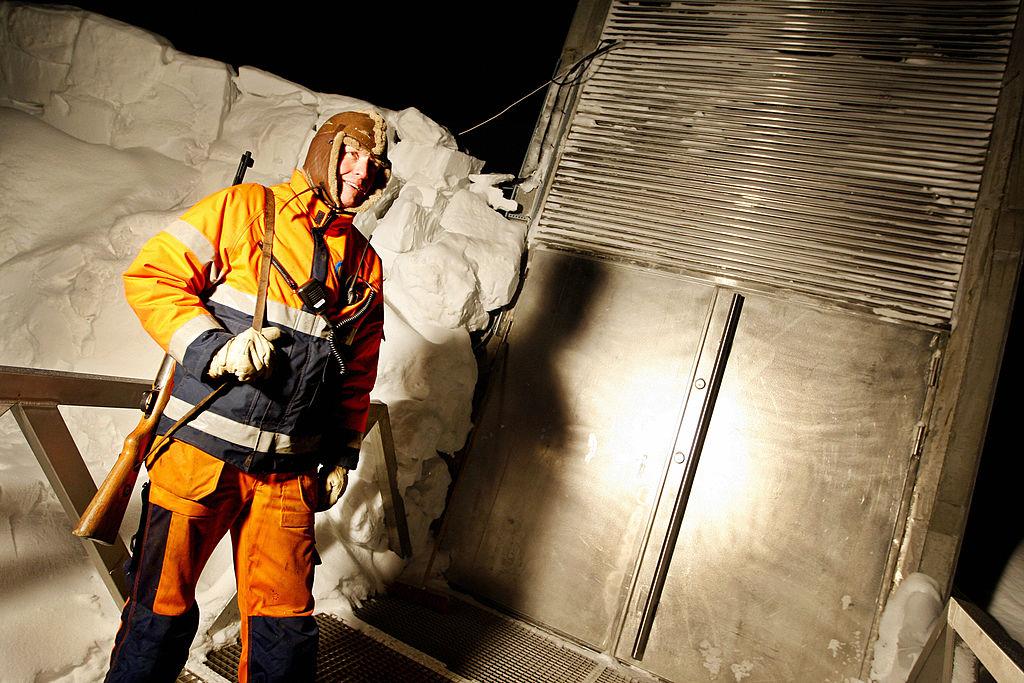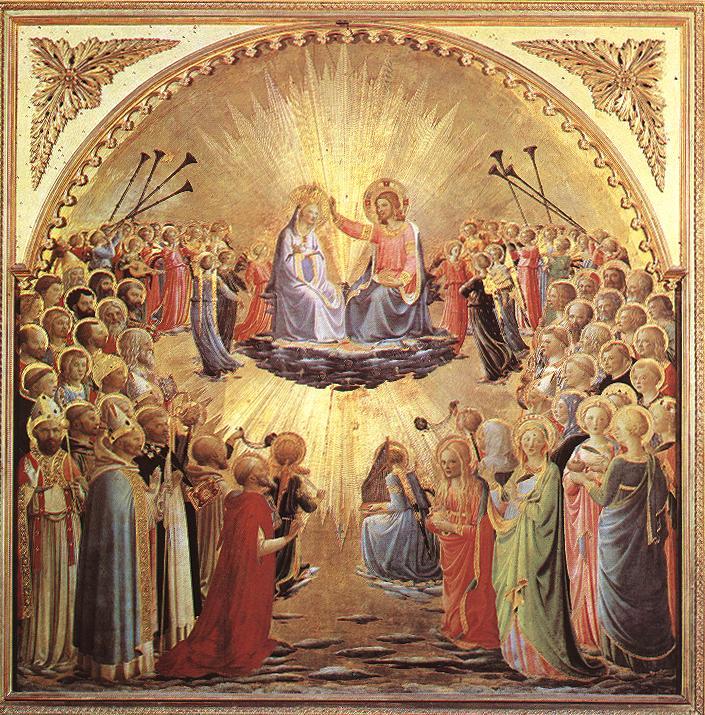Women Embroider Their Dreams
The Museum for Bedouin Culture, Israel, has newly a carpet made from embroidered works by Bedouin women on display.
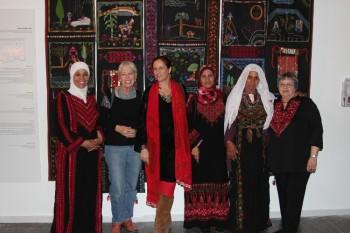
NEW WORK: Participants of the project Women Embroider Their Dreams pose in front of their work with Orna Goren (second from the left), founder of the museum and treasurer of the project, in the middle. Courtesy of Zeev Dekel
|Updated:
